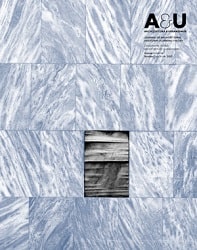Campaigning for Postwar Modernist Housing Estates in the Frankfurt Rhine-Main Area
Campaigning for Postwar Modernist Housing Estates in the Frankfurt Rhine-Main Area
Author(s): Maren Harnack, Ruth Schlögl, Matthias Brunner, Natalie HegerSubject(s): Architecture, Rural and urban sociology, Post-War period (1950 - 1989)
Published by: Historický ústav SAV, v. v. i.
Keywords: heritage protection; postwar architecture; housing estate; Germany; Frankfurt Rhine-Main Area; public engagment;
Summary/Abstract: Most German large-scale postwar housing estates suffer from a negative image. While many individual buildings from the era are part of the listed cultural heritage today, the estates usually have escaped formal listing even as conservation areas, despite their historic significance being obvious. Although in theory, listing does not depend on public opinion, in practice, it does. Therefore, if these housing estates are to be preserved, not only the listing authorities have to be persuaded to grant statutory protection, but also the general public needs to be convinced that post-war housing estates are worth keeping. To these ends, the Post-War Modernist Housing Research Lab (based at the Frankfurt University of Applied Sciences) developed a set of activities. Some of them aimed at informing and educating the general public about the historical and societal importance of these large-scale housing estates, others at key stakeholders such as housing associations, building authorities and architects. After almost three years of experience, first conclusions about the impact of these activities can be drawn. In this paper, we firstly explain the specific situation of large-scale housing estates in Germany. Subsequently, we examine how listing and public opinion interact in the context of the German federated states with individual heritage laws, focusing on the state of Hesse, where the Research Lab is located. We then introduce the Research Lab and its research approach as well as the dissemination and education activities developed at the Lab. To conclude we evaluate these activities and discuss implications for future activities of research institutions and universities.
Journal: Architektúra & Urbanizmus
- Issue Year: 55/2021
- Issue No: 3-4
- Page Range: 212-216
- Page Count: 5
- Language: English

